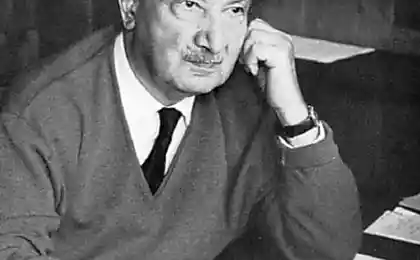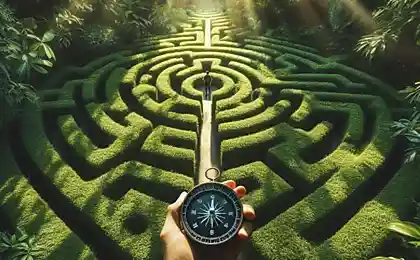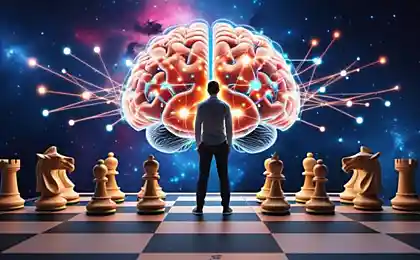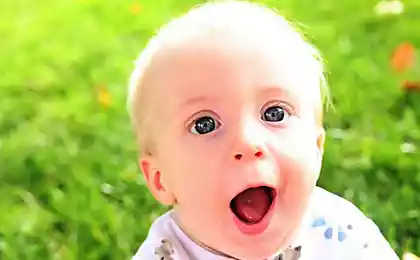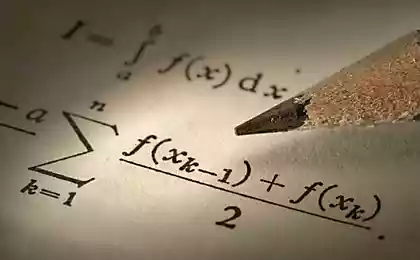358
Developing Critical Thinking (Diana Halpern Council)

Critical thinking is often perceived as something everyday. When answering the question of what it is, we at best recall fragmentary characteristics and requirements for the process of constructing judgments such as “doubt everything”, “use logic”, “recheck information” and others. This is partly correct, but without a comprehensive understanding of what critical thinking is, a person cannot think critically. In the same way, a computer cannot use it to its maximum benefit if it does not understand its purpose and capabilities. So today we’re going to turn to one of the best books on this topic, Diane Halpern’s Psychology of Critical Thinking, and based on her analysis, we’re going to try to create a little program to train the ability to think critically.
What is critical thinking?But first a little about the author. Diana Halpern is an American psychologist, teacher, and at one time president of the American Psychological Association. He is the author and co-author of several successful books, including The Psychology of Critical Thinking and Intelligence: Knowledge and Ignorance.
In the work of interest to us, D. Halpern addresses the mechanisms of critical thinking. By it, she understands a type of thinking based on cognitive skills and strategies and allows you to come to results that are distinguished by their balance, logic and purposefulness. Importantly, the author assures that critical thinking is not an innate ability, which means that it can be developed. And it is not just possible, but also necessary, since the ability to think critically allows a person to identify and resist attempts of manipulation, accustoms to the clarity of thought, structure, correct interpretation of information.
How to develop the ability to think critically: where to start?The starting point of training is metacognition. In order not to scare you with complex scientific terminology, we will immediately stipulate that this term refers to a person’s knowledge of his own thought processes or knowledge more globally. How do you get them? Through self-knowledge – you need to try to observe yourself from the outside, evaluate and analyze your decisions, identify mental errors. To begin with, it is enough to simply “scroll” your day in the imagination before going to bed, trying not only to remember what is happening, but also the nature of your thoughts, the influence of emotions on what is said and thought out, the logic of arguments and reasoning. This is how you can appreciate them (no wonder the best decisions come after something has happened).
Obviously, this tendency develops in conjunction with memory. D. Halpern writes: Our memory is not an exact copy of what happened. What we remember is influenced by prior knowledge, what we learn afterwards, stereotypes and the content of the material.” Thus, without memory, metacognition resembles a nail without a hammer. Memory gives you a set of materials necessary to work on yourself, allows you to operate on the available information, transferring known data and comparing them with your experience. This way you can avoid common mistakes and avoid getting hooked on something that may seem true because of its conventionality.
Developing Critical Thinking1. Become Sherlock.D. Halpern does not write about Mr. Holmes, but one of the main requirements and the cornerstone on which critical thinking is based, she calls deductive thinking - "the derivation of valid conclusions from premises, that is, judgments that we believe to be true." In the book you will not find references to various detective stories, the master of compiling of which was A. Conan Doyle. On the contrary, the disclosure of the topic through the prism of the requirements of formal logic returns us to the academicity of university lectures. But they are well read.
Two requirements that every person who strives to develop critical thinking must present to himself: the verification of the consequences of the conclusion from premises and the reasoning of judgments. In the first case, we speak of the immutability of premises (the beginning of reflection) throughout the process of constructing judgment. In other words, concepts should not be replaced, changed under the influence of emotions and situations. In order for our thinking to be reasoned, the following rules must be adhered to: (1) the premises must be consistent; (2) the premises are sufficiently related to the conclusion and confirm it; (3) the reasoning takes into account the missing components of the argument (contradictory opinions, counterarguments).
2. Doubt it.In order to learn to prove and refute hypotheses, you do not need to pore over textbooks with logical problems. Life provides enough chances, because even everyday thinking has the same basis as the scientific method of testing hypotheses. Forming an idea of the world, we collect facts and conduct observations, which allows us to obtain relevant knowledge. But when it comes to less obvious truths, such as the fact that hot water can be burned, many forget to take a critical approach. Hence blind faith in television news and gossip, the substitution of facts in the process of reasoning, the search for examples for conclusions, and not conclusions based on examples. Each person was trapped in such traps. So, healthyly question any incoming information, from whatever reliable source you receive it.
3. Check the facts.In fact, the doubt described above is nothing more than a simple requirement to verify the facts. In order to do this, you can use the algorithm proposed by D. Halpern:
- Avoid selective argumentation. You cannot get true knowledge by selecting only those facts that confirm your guesses. The causal relationship must be fully established.
- What do you already know? Is this information enough to say with certainty that your hypothesis is correct? It is important to be honest with yourself and operate not only with the available knowledge and facts that confirm them, but also with the opposite view and facts that confirm it.
- Use all the tools available. If necessary, conduct a formal fact-check by contacting the source directly, as the data you have can only be someone else’s interpretation. Accepting it as true is wrong.
- Accuracy is the last criterion that must be presented to the conclusions obtained. Has the uncertainty been reduced? Is the conclusion good or are there still weaknesses? Without an answer to these questions, it is impossible to build a valid conclusion.
- Formulate the task in different ways. This will allow you to look at the problem from different angles, thereby eliminating the influence of the availability heuristic on the nature of your decisions.
- Consider even risky and incredible scenarios. People have a tendency not to see the negative side, so you need to try to take them into account in order to know what to do when everything goes wrong.
- Make a list of possible solutions and gradually select the one that will be most suitable, taking into account all the pros and cons.
6. Develop creativityThe author of The Psychology of Critical Thinking considers creativity as a cognitive process that uses information stored in memory and beyond personal experience. It is creativity that will teach you to look at a problem from different angles and generate more ideas to solve it than a non-creative person.
What will computers look like in 100 years?
The most unique development of our scientists - matrixes
